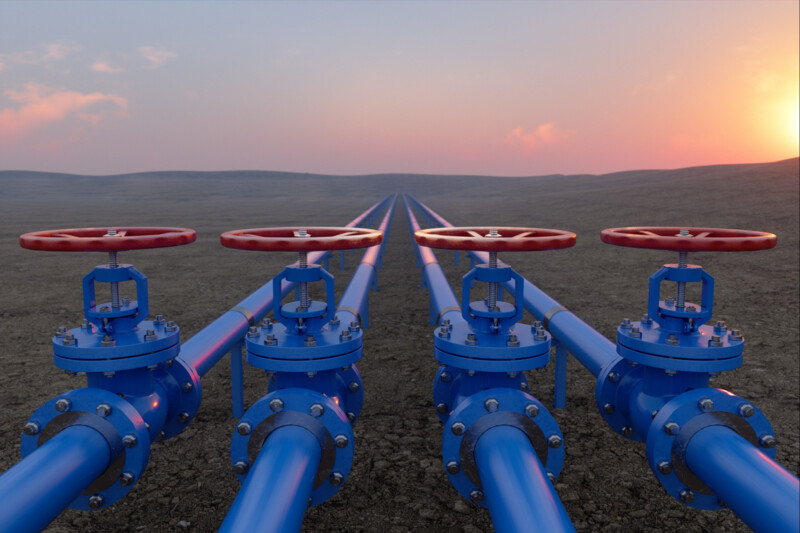Selon le dernier rapport annuel de la Banque mondiale, les prix des matières premières devraient rester à des niveaux élevés jusqu’à la fin 2024. Cette hausse des cours, qui touche toutes les ressources, s’accompagne d’une augmentation des coûts d’extraction et de production des matières premières.
Augmentation des prix de l’énergie et des prix agricoles
D’après les prévisions de la Banque mondiale, la hausse des prix des matières premières devrait s’installer dans la durée, jusqu’à la fin de l’année 2024.
Tout d’abord, l’institution prévoit une hausse de 50 % sur un an des prix de l’énergie. En Europe, le prix du gaz va être multiplié par 2 en 2022 par rapport à l’année précédente, et l’augmentation des prix du charbon atteindra 80 %. Le prix du baril de Brent devrait être en moyenne de 100 dollars sur l’ensemble de l’année 2022. Aucune baisse n’est à attendre avant 2023.
La guerre en Ukraine a également pour conséquence l’augmentation des prix des céréales. La Russie et l’Ukraine figurent habituellement parmi les plus grands exportateurs mondiaux de céréales, mais le conflit qui oppose les deux pays depuis le 24 février 2022 rebat les cartes.
Tous produits confondus, la hausse des prix agricoles devrait s’élever à 18 %, principalement en raison de l’augmentation du blé et du maïs. Une hausse de 40 % est attendue du côté de la tonne de blé, qui devrait atteindre cette année le prix record de 450 dollars. Il y a 2 ans, la tonne de blé se vendait en moyenne 232 dollars.
Les coûts de production et d’extraction des matières premières en hausse
Selon la Banque mondiale, si la hausse des prix des matières premières est amenée à se prolonger jusqu’en 2024, c’est en partie parce que toutes les ressources sont concernées. Par conséquent, il est impossible de remédier à la situation en remplaçant des matières premières par d’autres moins coûteuses.
De plus, comme le rappelle l’institution, la hausse des prix des matières premières entraîne mécaniquement une augmentation des coûts de production, répercutée sur les prix alimentaires. En effet, plus le pétrole coûte cher, plus le budget réservé au diesel utilisé pour les machines agricoles est important ; quant au gaz, ingrédient de base des engrais azotés, sa hausse impacte forcément le prix des fertilisants.
Même chose du côté des métaux, dont les coûts d’extraction et de production augmentent à mesure que montent les prix de l’énergie. Par exemple, la fabrication de l’aluminium est très énergivore : en Europe, il faut 15,5 MWh pour produire 1 tonne d’aluminium, or les prix de l’électricité augmentent eux aussi. Par ailleurs, les coûts de production sont impactés par la hausse générale des salaires, du transport, du stockage et des taux d’intérêt.
Pour la Banque mondiale, les mesures prises par les gouvernements pour compenser ces hausses de prix et préserver le pouvoir d’achat des citoyens ne sont pas pertinentes. Selon l’institution, diminuer les taxes ou subventionner certaines ressources, comme l’a fait le gouvernement français avec le carburant, ne bénéficierait pas aux « plus vulnérables », et pourrait même produire l’effet inverse en « augmentant la demande en énergie ».
